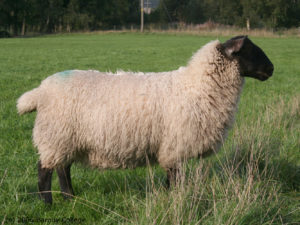Investigating Abortions In Sheep
15 February 20172% or less is considered to be the “normal” abortion rate but it’s not sensible to wait until 2% of ewes have aborted before collecting samples for investigation. Here are some guidelines for deciding when to investigate. In an ideal world investigate all abortions but remember that they don’t all have an infectious cause.
When to investigate
- There have been 2 or more abortions in a short space of time.
- Abortions are occurring in a specific group of animals e.g. purchased replacements, animals in their first pregnancy.
- There is a need to check a vaccine is working.
- Problems were seen in 2016 and either not investigated or no diagnosis was reached.
- Aborting ewes are ill, scouring or dying.
Benefits
- Plan future vaccination programmes.
- Highlight a risk to other livestock species.
- Highlight a problem with feed.
- Highlight a risk to human health.
If distance and time is not a problem deliver aborted lambs plus placentas to your local veterinary laboratory. Lambs and placentas from different ewes should be placed in separate bags. Otherwise your vet can collect samples to post for testing.
Aborted ewes should be separated from the rest of the group to reduce the risk of possible infection spread. Mark them in some way in case they need to be blood sampled at a later date. Remember that many causes of abortion can also cause disease in people. Pregnant women should have no contact with sheep or associated clothing and equipment around lambing time.
Heather Stevenson, heather.stevenson@sac.co.uk
Sign up to the FAS newsletter
Receive updates on news, events and publications from Scotland’s Farm Advisory Service

